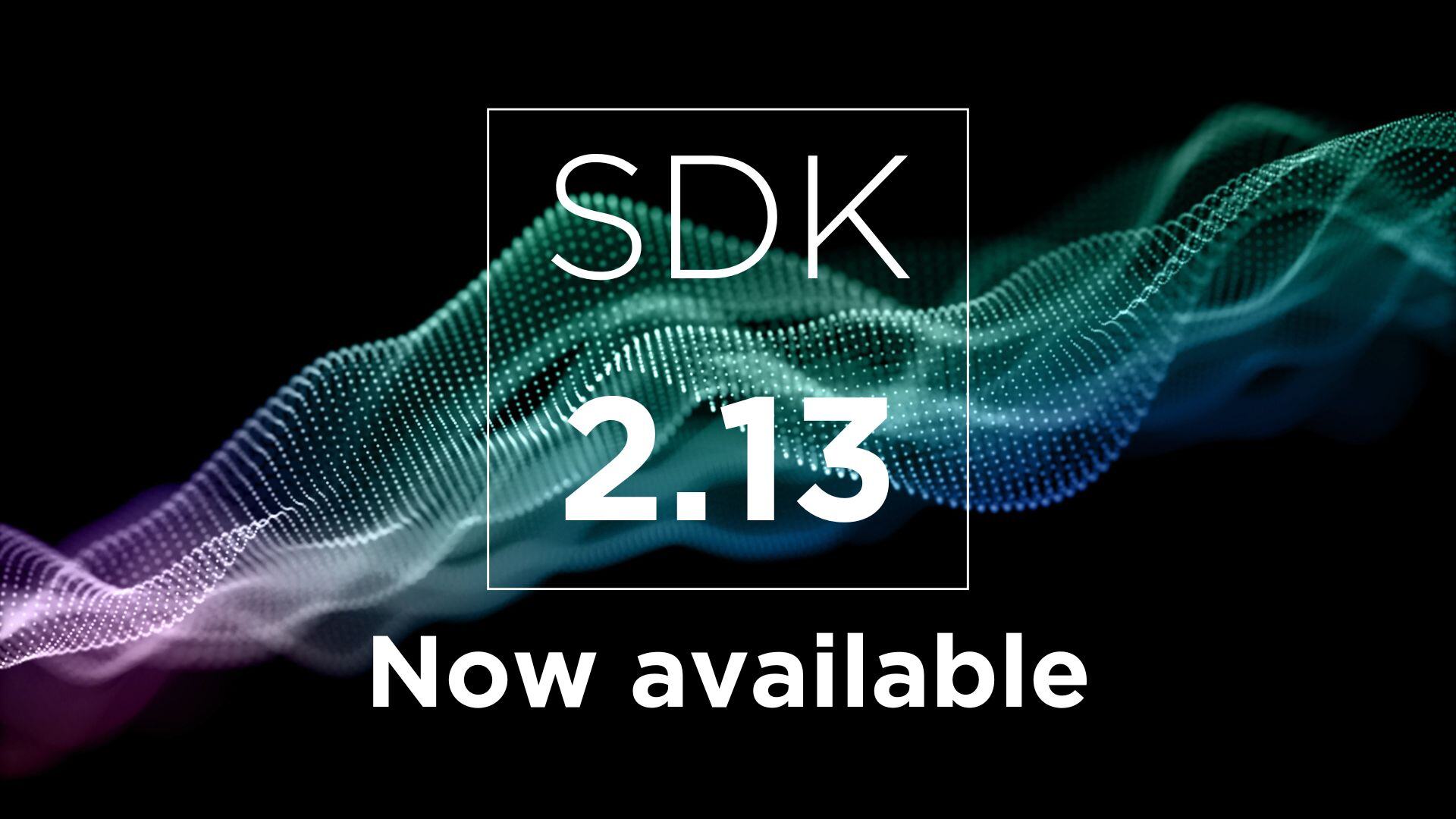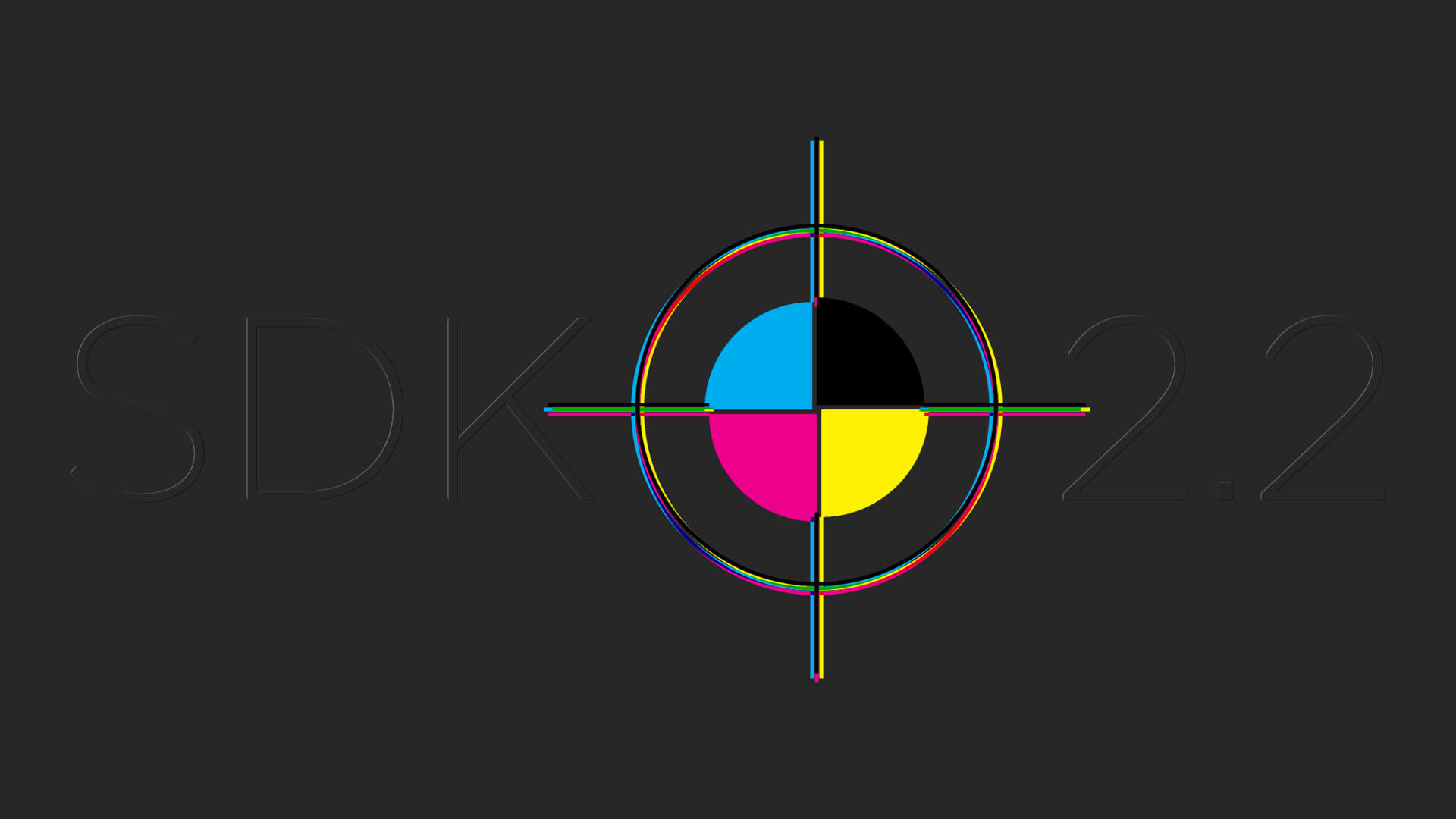Happy New year to you all from all of us here at Zivid, we hope you were able to spend quality time with friends and loved ones.
2021 continued to present challenges across the board and we hope you managed to reach your business goals as best possible given the circumstances. At Zivid we worked hard to keep sight of the aspirations we had at the beginning of the year, we still wanted to make them happen.
We’re happy to say not only did we do that, but we overshot most of them, so we’re in good shape to keep delivering great quality 3D vision products in large volume and will be giving you feature-packed, easy-to-use, software throughout 2022.
SDK 2.6
In this SDK we have introduced a few smaller features that are nonetheless very impactful for successful camera deployment. The next SDK we will release is feature-packed, so a lot of work has been going on in parallel to deliver both SDKs on schedule.
Read the full SDK 2.6 changelog.
Improved ease-of-use for in-field correction
We have introduced additional flexibility and reliability for using our checkerboard for in-field correction calibration with ZividInfieldCorrection. This new functionality offers 0°, 90°, 180° and 270° checkerboard rotations during calibration.
The effects of glare from the projector or ambient lighting have been reduced to offer improved detection of the checkerboard during calibration operations.
Improved the ease-of-use of using the CLI tool for verification data during the in-field correction process. It is now possible to make multiple verifications sequentially with the same CLI instance, where previously it was necessary to reconnect to the camera for each verification instance.
Note: Glare from the calibration checkerboard is a very seldom seen effect. With the latest calibration boards, we have not been able to reproduce the glare issue in our lab.
There is an updated and expanded article on in-field correction in the Zivid Knowledge Base that gives a full explanation and guidance on these improvements.
A quick refresher on Zivid in-field correction tools
It is a good opportunity to recap on Zivid’s calibration tools and why they are so important and should be a part of your 3D camera deployment kit.
In-field correction is a maintenance tool designed to verify and correct for the dimension trueness of Zivid cameras. The user can check the dimension trueness of the point cloud at different points in the field of view (FOV) and determine if it is acceptable for their application. If the verification shows the camera is not sufficiently accurate for the application, then a correction can be performed to increase the dimension trueness of the point cloud. The average dimension trueness error from multiple measurements is expected to be close to zero (<0.1%).
Why is this necessary? Our cameras are made to withstand industrial working environments and continue to return quality point clouds. However, like most high-precision electronic instruments, sometimes they might need a little adjustment to make sure they stay at their best performance. When a camera experiences substantial changes in its environment or heavy handling it could require a correction to work optimally in its new setting.
- In-field correction using Zivid calibration chequerboards
- Step-by-step how-to perform in-field calibration via CLI or via the SDK API
Improved switching time between 2D and 3D (Zivid One+ only)
With projector brightness set to 0, the time penalty of approximately 350ms that was incurred when switching from 2D to 3D captures is now removed.
Improved diagnostics
With Settings::Diagnostics we have introduced a new functionality for the ZDF file format.
This new feature includes additional diagnostic and debugging data that can be used by our CSU support engineers.
This operation is a simple enabling operation to save in this file format when you are working with Zivid CSU to resolve an issue.
The diagnostics data is available for our engineers to provide better support, and will increase capture time slightly and consume more RAM. Therefore, this should only be used in troubleshooting situations.
Stripe engine speed improvements
Capture speed with the ‘stripe’ engine is improved and can now offer improved performance time of 5% to 15% (Nvidia GPUs only).
Updated FrameInfo class
FrameInfo is been expanded to offer the following information:
- CPU Model
- ComputeDevice Model
- ComputeDevice Vendor
- OS
Knowledge Base expanded and updated
In addition to SDK 2.6, we have published a significant amount of new material to the Zivid Knowledge Base. We have introduced a changelog for the Knowledge Base for easier identification of new topics and material that we add there. The following topics have been updated and expanded and are worth checking out:
- Accessories
- Zivid Academy
- Installation guides
- Knowledge Base changelog
Read full SDK 2.6 changelog.
So, good luck from us for all your 2022 endeavors, stay healthy, and as always, happy Zivid developing!
- Zivid Team
You May Also Like
These Related Stories

Zivid SDK 2.13 streamlines development

SDK 2.2 - The ART of in-field correction



